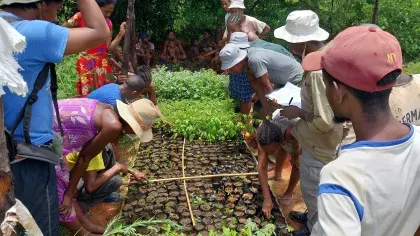9 May 2025
3 min read
Ten years of discovery: A species conservation checklist in Madagascar's Central Highlands
A decade of fieldwork has revealed a hidden trove of plant life in Madagascar’s highlands, offering crucial data to protect one of the island’s richest and least-known ecosystems.

Madagascar’s Itremo Massif rises from the island's Central Highlands, where dramatic rocky outcrops and rolling grasslands give way to tapia woodlands and lush gallery forests.
These diverse habitats shelter a spectacular array of plants found nowhere else on Earth. Now, for the first time, this botanical diversity has been carefully catalogued.
This matters because we can’t otherwise protect what we don’t know is there.
The newly published checklist of the Itremo Massif Protected Area contains 749 plant species across 353 genera and 103 families. Of these, 507 are endemic to Madagascar, and 70 are found only within the Itremo Massif itself.

A benchmark for conservation science
Led by Dr Franck Rakotonasolo and nearly 20 Malagasy scientists and students affiliated with Kew Madagascar, this is one of the first comprehensive plant checklists for any protected area in Madagascar.
Every species listed is supported by at least one herbarium specimen collected from the Itremo Massif. Each entry includes detailed information on taxonomy, habitat, flowering period, elevation, conservation status, and local names.
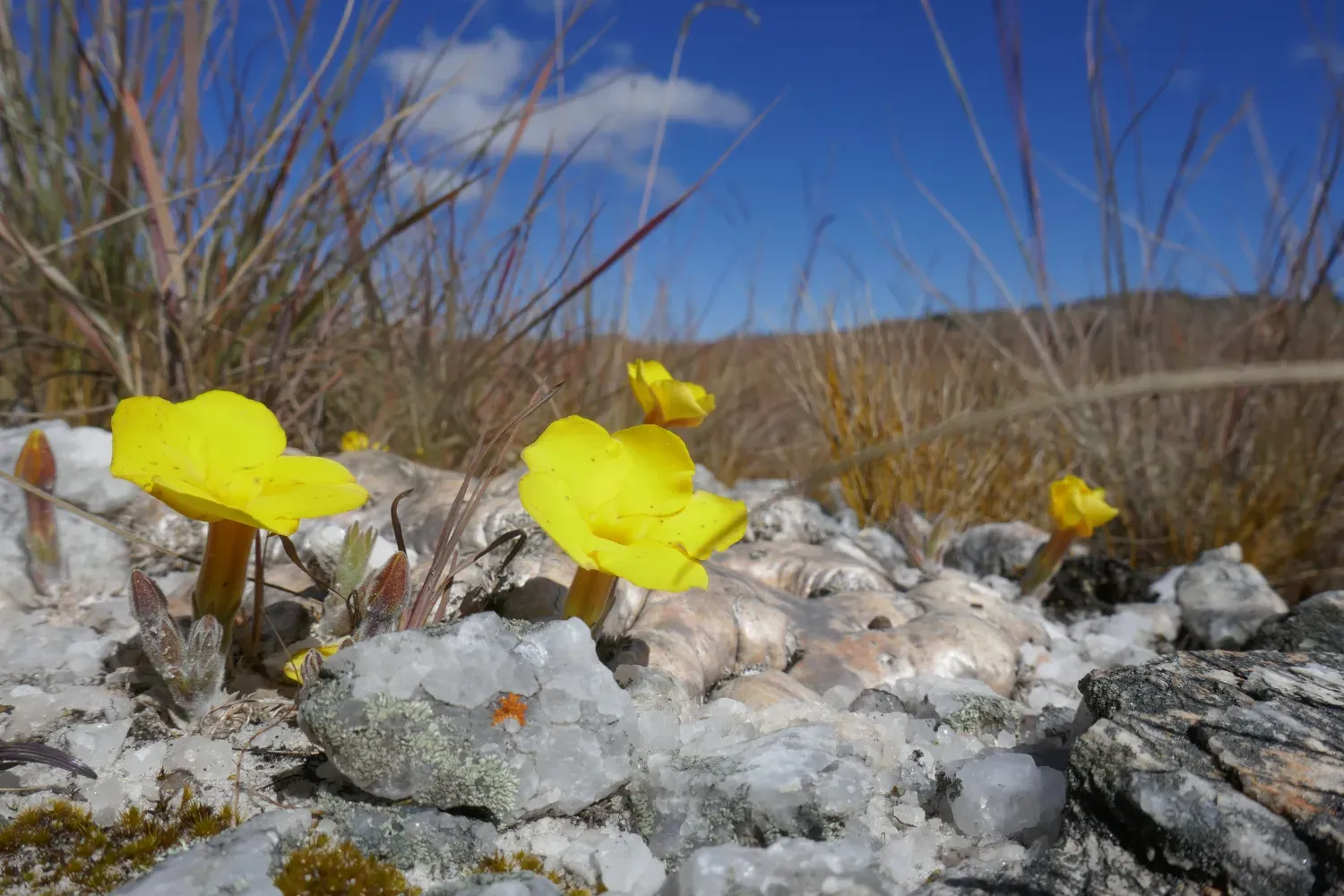
This checklist lays the groundwork for safeguarding a hotspot of unique biodiversity. Alarmingly, nearly 30% of the species recorded are at risk of extinction — among them, rare plants that exist nowhere else on the planet.
Most of these assessments were carried out by the Kew Madagascar Biodiversity Team, working as part of the Today’s Flora for Tomorrow project, and validated by the IUCN SSC Madagascar Plant Specialist Group.
A haven for rare and endangered plants
The Itremo Massif is recognised as an Alliance for Zero Extinction (AZE) site due to the presence of Podocarpus capuronii, an EDGE (Evolutionarily Distinct and Globally Endangered) species. If this ancient conifer disappears from the Itremo Massif, it will be lost globally. EDGE Fellow Fenonirina Rakoatarison is currently leading vital research into this species, as part of the EDGE of Existence programme.
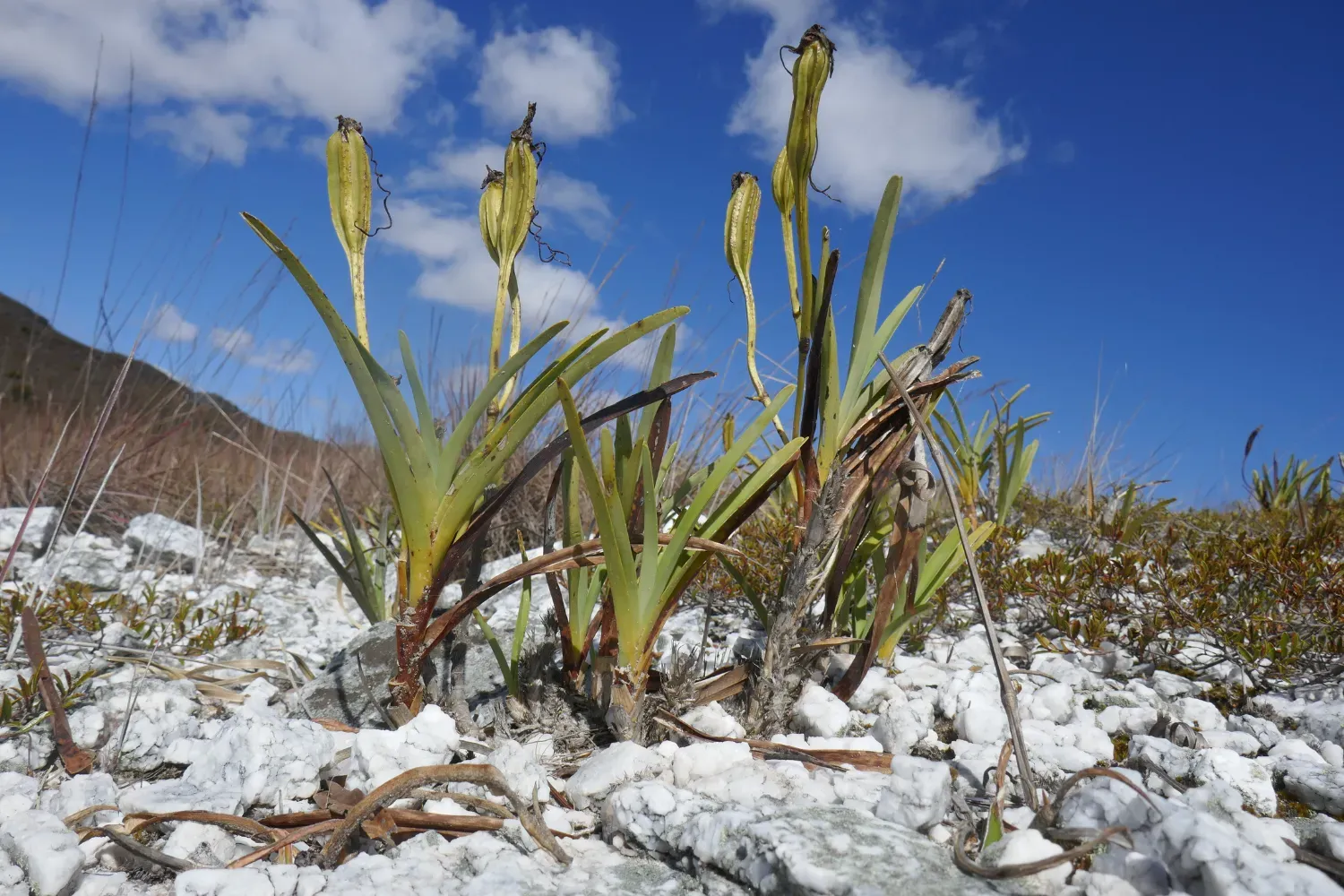
Orchids are another botanical treasure of the Massif. With around 80 orchid species recorded, several are highly threatened. These include Cynorkis sacculata, a tiny lithophyte restricted to this area, and Angraecum coutrixii, found only in Itremo and the neighbouring Ibity Protected Area.
Kew’s Orchid Conservation Officer, Landy Rajaovelona, is collaborating with partners and local communities to safeguard Angraecum longicalcar, a critically endangered orchid limited to just a few wild locations. Her work involves hand-pollinating flowers, collecting seeds, and propagating the plants in vitro for eventual reintroduction. Read more about this orchid conservation effort.
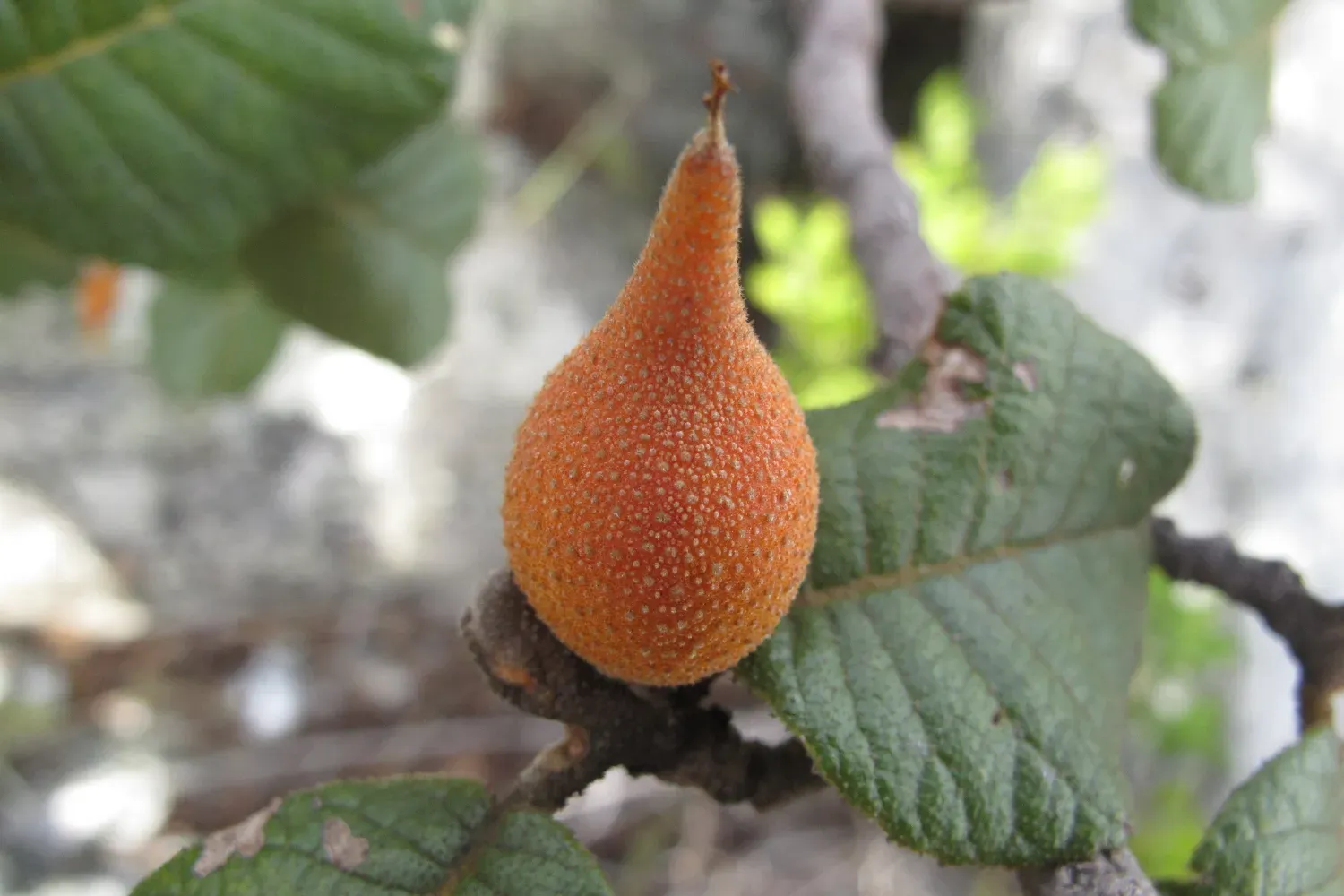
Bringing Madagascar’s flora online
The checklist builds on a growing digital effort to document and share Madagascar’s unique plant life. Over 500 species from the Itremo Massif are featured in the iNaturalist project 'Itremo_NPA_2017', providing photographs and accessible identification tools for both scientists and the public. This initiative is part of Kew Madagascar’s Zavamaniry Gasy project, which supports plant conservation, sustainable use, and local capacity building. Learn more in this Zavamaniry Gasy and iNaturalist feature.
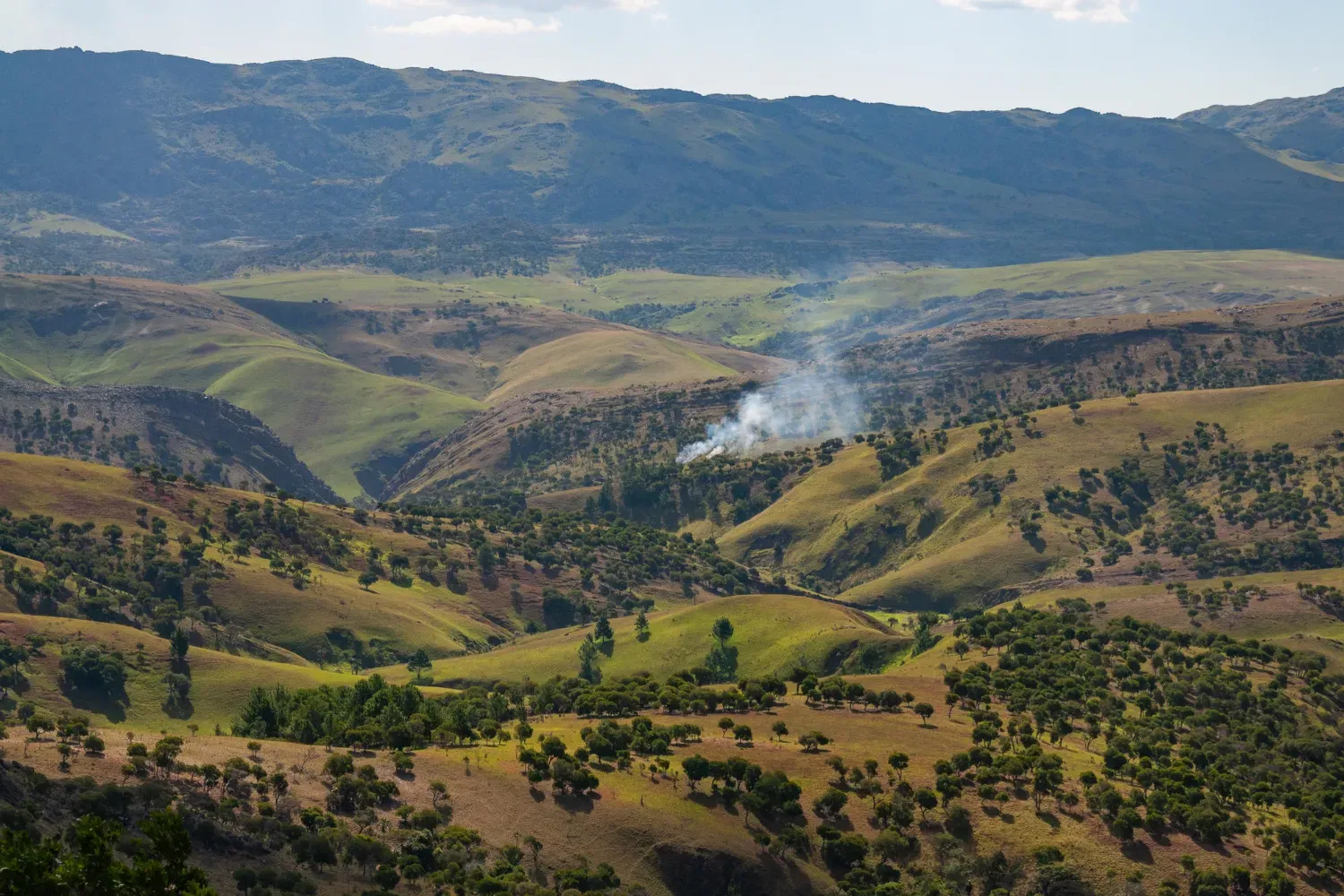
Towards sustainable futures
The Itremo checklist feeds directly into Kew’s work through the Future Management for Heritage (FMH) project, which promotes science-based, community-led conservation strategies. A recent visit to the Massif brought together local leaders, government officials, and the UK Ambassador to Madagascar, highlighting the collaborative spirit behind Itremo’s protection.
As we face the twin crises of biodiversity loss and climate change, the importance of long-term, locally grounded research has never been clearer. The Itremo checklist is not only a scientific milestone – it is a call to action to preserve Madagascar’s irreplaceable botanical heritage.






.jpgc94f.webp?itok=Brait7LH)

